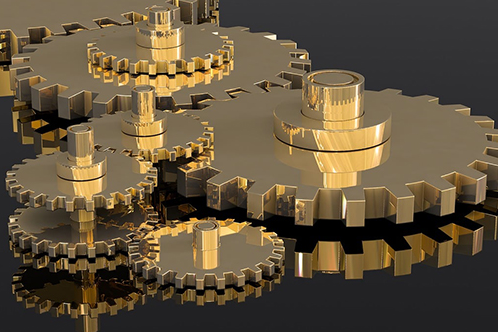If you are wondering what is pvc extrusion, there are a few different processes that can make it possible for you to manufacture the material you need. The most common types are 5.8m x 5.95m white sheets and PVC profiles. When you are planning to use these sheets for construction projects, you must make sure that you understand how these processes work before you begin. Read on to discover the benefits of each.
Co-extrusion
Co-extrusion is an advanced manufacturing technique that involves combining two different raw materials, usually plastics, through a single die. Various material properties can be combined, such as rigidity and flexibility. This process is ideal when a single material cannot meet the requirements of the design. In addition, co-extrusion is both environmentally friendly and cost-effective. To learn more about co-extrusion, read on!
The process of co-extrusion involves melting each material in a separate extruder. After melting, the output of one extruder is split into two or more layers. The materials are delivered to a manifold, or directly to the die, and combined in a way that retains individual resin layers. Co-extrusion is a viable option for producing blown films and cast film, as these materials can be processed in the same way as single-layer materials.
Coaxial twin screw extruders
The emergence of Coaxial twin screw extruders for PVC extrusion is significant for the development of advanced plastic processing technology. They feature high specific energy inputs and high mixing efficiency. Furthermore, they can process various solids and highly viscous materials. These advantages make them appealing for various industrial processes, including compounding, blending and extrusion of plastics. However, to optimize their screw set up, dynamic models are needed.
The twin screw extruders are highly versatile, with high heat exchange rates. They are particularly useful for the processing of sticky materials. Furthermore, they are cost-effective, energy-efficient and customizable, and are suitable for a wide range of applications. As a result, they are a good investment for a variety of industries. Some models have multiple screw configurations, whereas others have single or parallel screw configurations.
Compounding
If you want to create a variety of materials, compounding your PVC will help you do just that. Compounds are used for many applications from toys to garden hose pipe to luggage, handbags, and even the soles of shoes. To learn more about the process, read on! And don’t forget to check out our articles about this process, too! This is an overview of the various components of a compounding machine.
A compounding line is a machine that can run any material you want. They are commonly used in resin makers’ finishing lines and have segmented barrels and screws that alternate conveying and mixing, venting, and adding filler. Because they run fast and have little intermeshing, these machines generate a large amount of heat and require intense cooling. A comparison of the most common compounds and extruders isn’t possible in this article.
Optimal temperature
When it comes to pvc extrusion, the optimum temperature is not determined by the actual extrusion speed. Instead, it’s governed by several parameters. The temperature of the barrel, the die, and the head are set to midpoints in the temperature range. Some users may find it necessary to adjust these zones, depending on the type of material flowing through the extruder. The rear barrel temperature is critical, as it controls the amount of compound that sticks to the barrel wall. A too high temperature in this zone can cause overheating and a poor output.
The screw design plays a crucial role in extrusion, and many rigid PVC profile and pipe manufacturers underestimate the role of optimized screw design in the final product. This is a problem, given that the materials used in the manufacturing process vary widely, including additives, fillers, and raw materials. It’s not possible to simply switch out screws based on the product. In addition, many extruders don’t have the best formulations, limiting their ability to produce high-quality PVC products.
Cooling systems
With the advancements in cooling technology for plastic pipes, it is easy to see how the plastic pipe industry is advancing and how it can benefit your company. Conair’s Bob Bessemer, a sales manager, explains how to make the most of modern technology and how you can maximize your cooling efficiency. Extrusion operations have come a long way from the static baths of water. The rise of water supply and disposal costs nearly put an end to this method, so intelligent cooling technology was born.
For example, an internal pipe cooling system will suck ambient air through the center of the pipe, against the direction of the extrusion. This system based on the vortex tube principle is effective in cooling the entire pipe, but the internal surface of the pipe must be properly cooled to avoid shrink holes. Internal pipe cooling concepts also take into account the temperature dependency of the viscosity, which is the reason many manufacturers use internal cooling systems.

 EN
EN
 AR
AR
 BG
BG
 HR
HR
 CS
CS
 DA
DA
 NL
NL
 FI
FI
 FR
FR
 DE
DE
 EL
EL
 IT
IT
 JA
JA
 KO
KO
 NO
NO
 PL
PL
 PT
PT
 RO
RO
 RU
RU
 ES
ES
 SV
SV
 IW
IW
 LV
LV
 SR
SR
 SK
SK
 UK
UK
 GL
GL
 HU
HU
 TH
TH
 TR
TR
 FA
FA
 GA
GA
 CY
CY
 EU
EU
 BN
BN
 BS
BS
 LA
LA
 NE
NE
 SO
SO
 KK
KK

